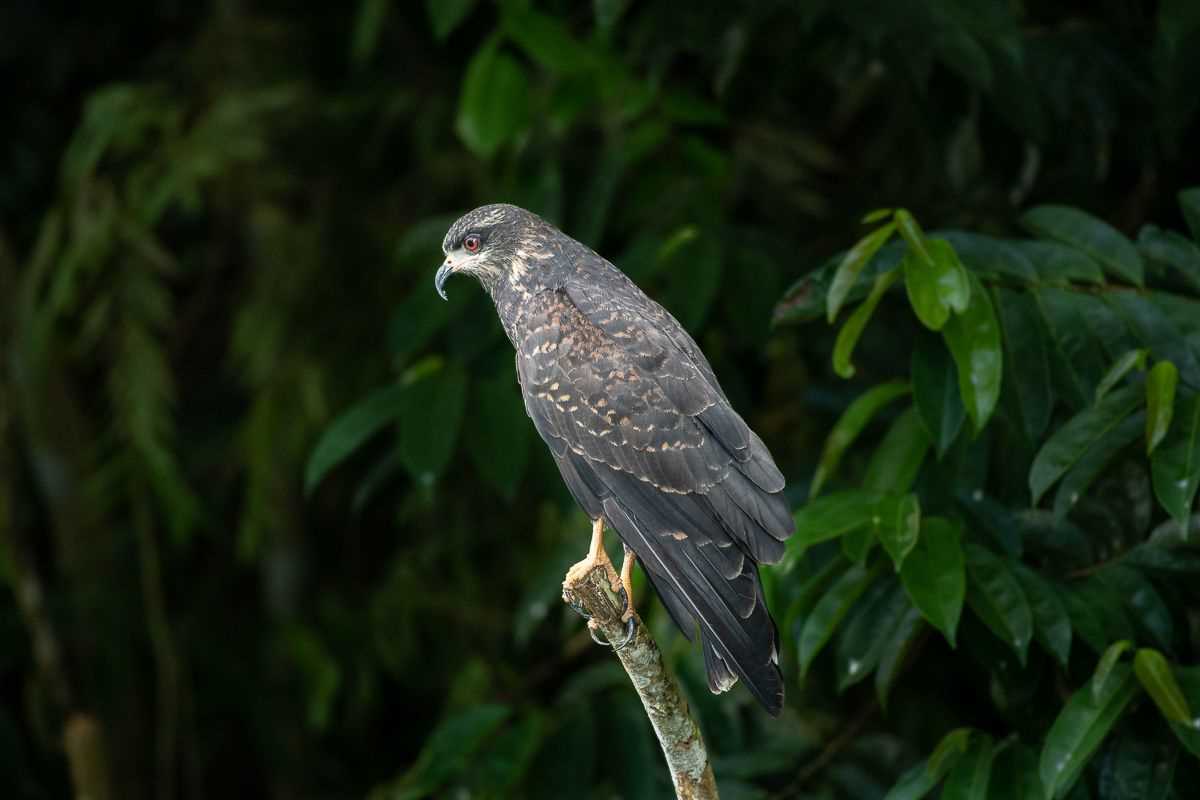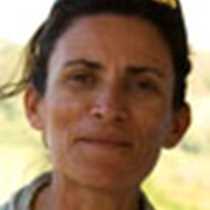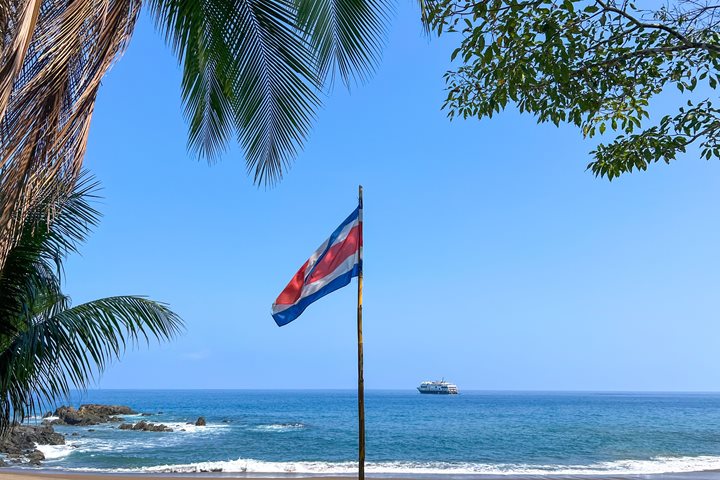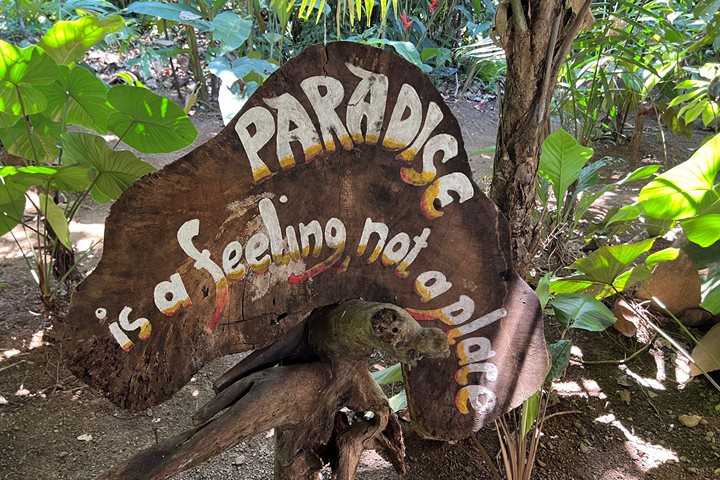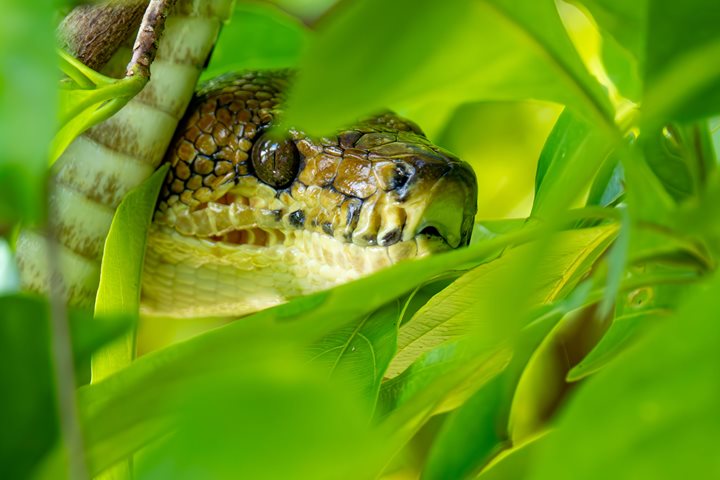Our tropical adventure began last night. A local pilot boarded National Geographic Quest for our transit to the Panama Canal, one of the modern wonders of the world. The construction of the canal began in 1888 with the French, but tropical disease and financial crisis ruined the enterprise. The initiative sat unattended until 1903, when Panama gained independence from Colombia. Panama agreed to finish construction of the passage across the Isthmus with the U.S. Indeed, the canal was finished on August 15, 1914. It remained under U.S. administration until 1999 when it passed to Panamanian hands. Since then, this engineering wonder has improved world trade and connectivity for over 100 years.
Yesterday, we crossed the set of Gatun Locks and entered Gatun Lake, where we rested until early today. The calls of howler monkeys woke us as we sat right in front of Barro Colorado Island (BCI), one of the best-known research stations in the tropical Americas. The Smithsonian Tropical Research Center runs BCI, which produces the bulk of tropical investigations for the new world. Surrounded by lush forest and peninsulas protected by the Panama Government, we felt privileged to walk BCI’s paths.
Guests visited the Rainforest Discovery Center, walked BCI’s trails, and enjoyed Zodiac rides along the perimeter of the research station. We observed crocodiles, tamandua anteaters, red turtles, monkeys, an array of bird species and other mammals and reptiles. We also noted giant bulk carriers as they floated out of the dense forest; the merchant ships silently but persistently crossed the canal’s channel.
We got back on board to complete transit through the canal as we moved out of Gatun Lake and through the Culebra (or Gailliard) Cut. We passed the Pedro Miguel and Miraflores Locks and moved into the Pacific Ocean. The sun set under the tropical horizon with the promise of wonderful adventures in our near future.

